Invalid data is a common issue in structural health monitoring systems that utilize sensors. It refers to data that is not representative of the physical state of the structure being monitored, and can lead to incorrect conclusions if not properly identified and handled. Some common types of invalid data found in structural health monitoring include:
1. Static data:
This occurs when data keeps entering the system with new timestamps, but the values remain static. This can be caused by sensor faults, such as a physical or digital malfunction, where the sensor is no longer measuring the physical characteristics of the structure. An example could be a displacement sensor where the attachment has broken, so the sensor is only measuring one position. Another example could be a datalogging device losing connection to the sensor, and continuously sending the last value.
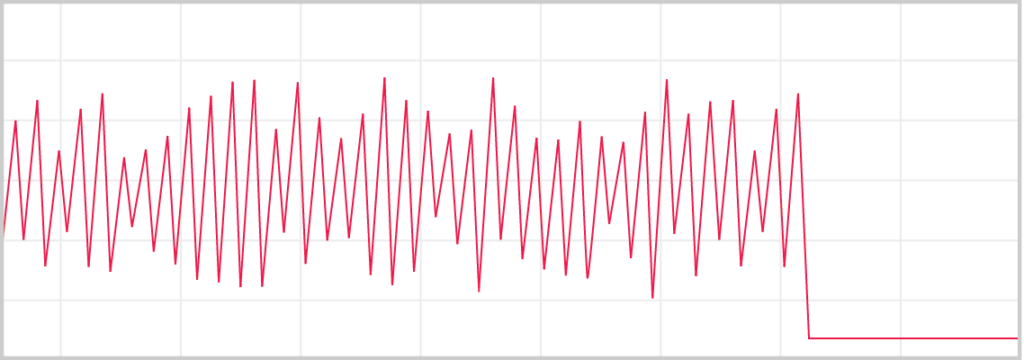
2. Excessive noise:
This occurs when the data suddenly becomes filled with electrical noise, which can be caused by faults in the sensor or wires going to the datalogger. Noise from wires can come from multiple sources, such as other electrical devices in the vicinity generating electromagnetic signals that interfere with the analogue signal, or from breaks in the wire leading to signals from other sensors or electronics. Common fixes include checking the wires leading from the datalogging device to the sensor, and powering the equipment off and back on again.
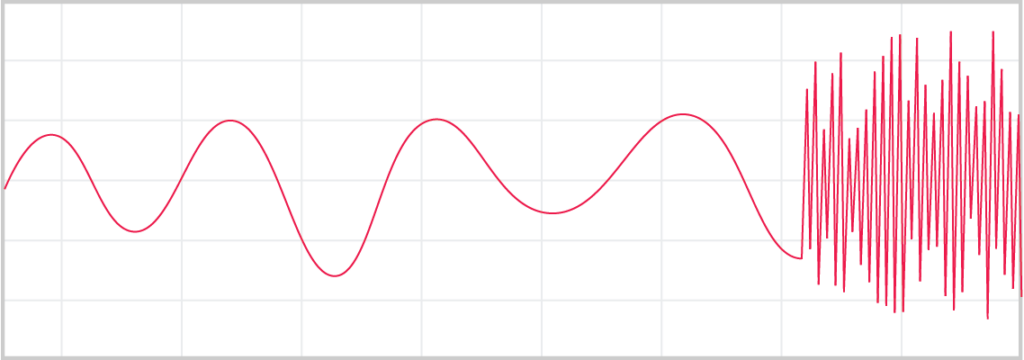
3. Exhausted data:
Analogue signals have set boundaries which describe the physical signal of the sensing device. When a measured analogue value is above or below this set range, it is no longer returning a physical value and is a sign that the sensor is returning erroneous data. An example can be a current sensor which sends data between 4 mA and 20 mA returning 3 mA, which is below the set range of the sensor and should not be considered a correct physical value, but an invalid data point.
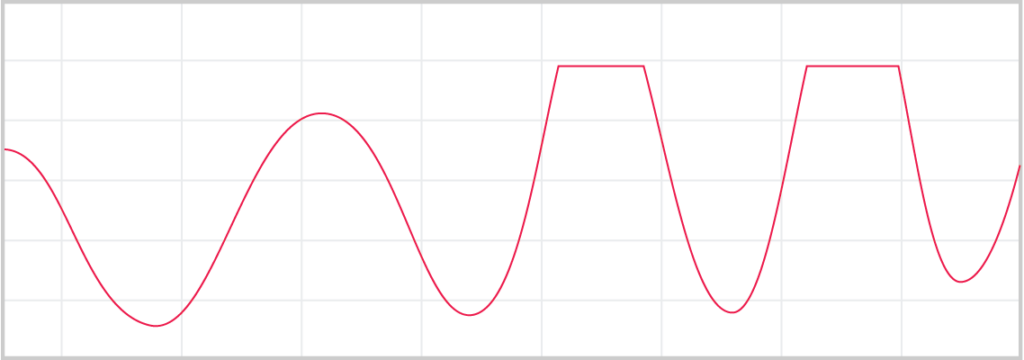
4. Spikes:
This occurs when an individual or a few data points suddenly have a big change in value compared to the rest of the data. Spikes can be caused by sensor faults or electrical noise.
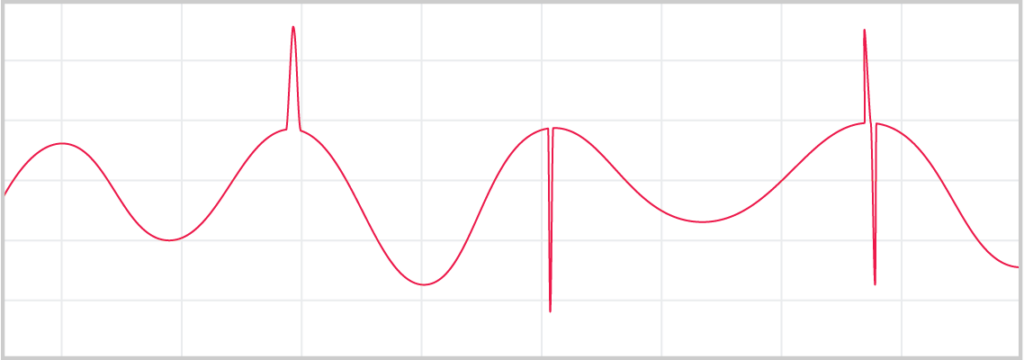
5. Human intervention:
Invalid data can also refer to data where the sensor is measuring correctly, and the physical value is within the range, but the measurement does not show a value due to human intervention. This can occur during repairs, inspections, or construction, where the measuring device or placement is set out of regular operations. Data can sometimes be indistinguishable from correct data but potentially lead to wrong conclusions if not accounted for. An example could be a displacement sensor from a bridge bearing being detached from the bearing during repairs, but still sending a measurement to the system, the value is then just a detached sensor. Alarms can occur during these repairs, but the data should be regarded as invalid and not alarm-giving.
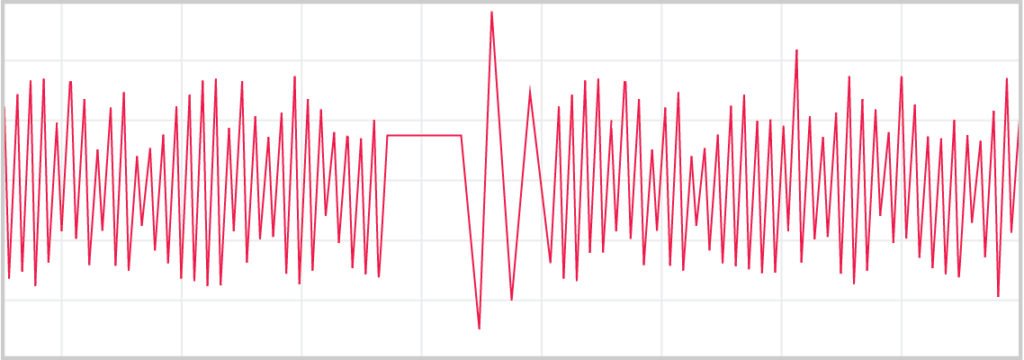
It is important for civil engineers to be able to identify and properly handle invalid data to ensure the accuracy and reliability of structural health monitoring systems.
« Back to list
